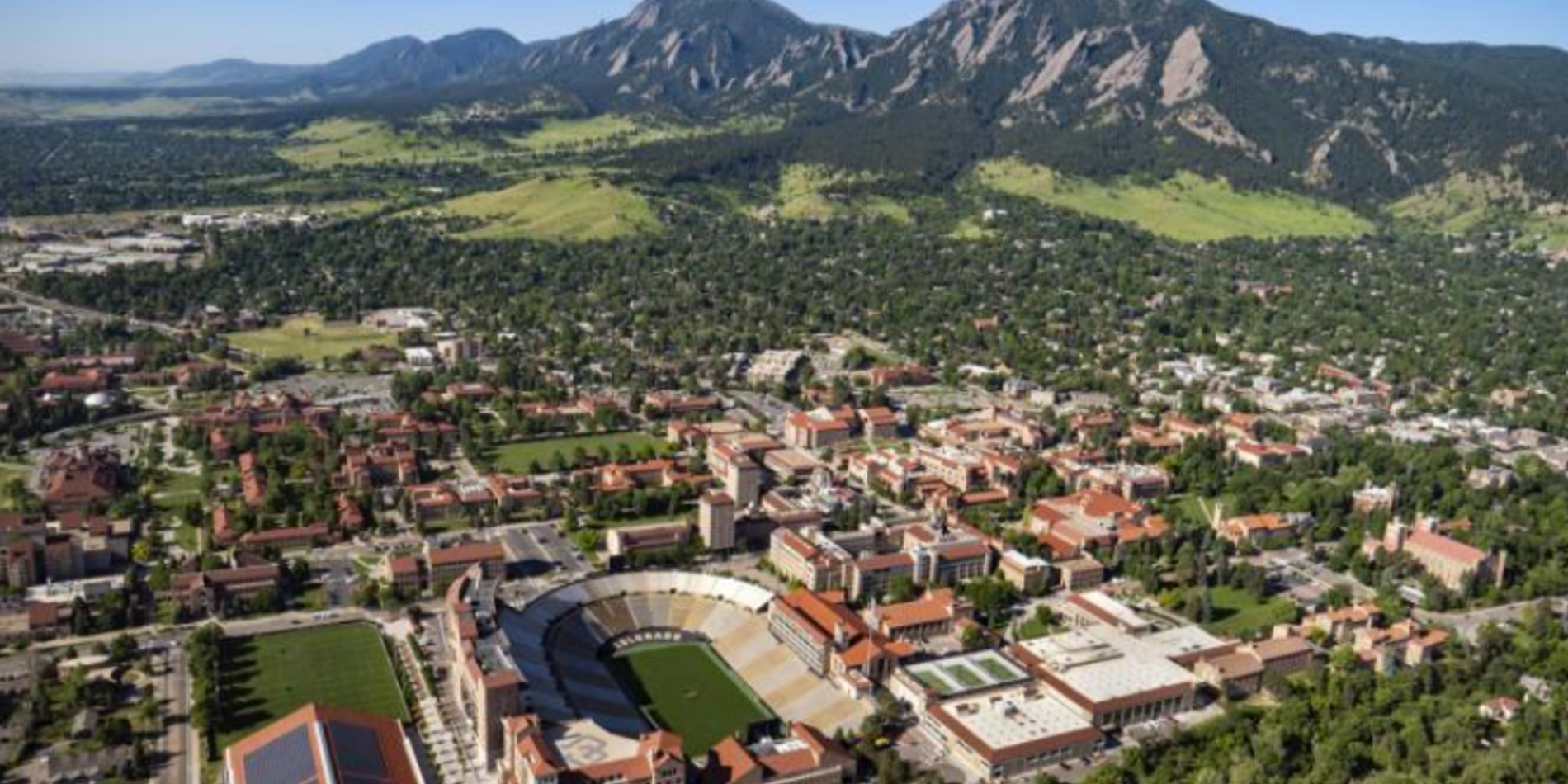By Duncan Eddy June 25, 2016

For over 17 years the scientists, engineers, and pilots of the Perlan Project have pushed the edge of manned glider flight, using South American mountain winds to surf the air to ever higher altitudes. This July they will attempt to set the world record for high altitude unpowered flight, soaring to the edge of space at 90,000 feet—almost double the previous record of 50,721 feet. The world of competitive gliding is regulated by the Fédération Aéronautique Internationale (FAI) - The World Air Sports Federation, which oversees all aspects of glider flight record attempts and their certification. Specifically, the FAI’s Global Navigation Satellite System (GNSS) Flight Recorder Approval Committee determines which GNSS-based flight recorders can be used for high-altitude record attempts. Currently, the LX-9000 is the only approved flight recorder for high-altitude glider record attempts, but it has never been tested above 40,000 ft, that is until SLAB's PhD student Duncan Eddy and GPS Lab's Researcher Todd Walter started helping under the supervision of Prof. Simone D'Amico.
Eddy and Walter used SLAB's high-fidelity IFEN GNSS signal simulator to test Perlan’s dual LX-9000 flight recorders with simulated Global Positioning System (GPS) signals similar to those the receivers will see on the day of their world-record-attempt flight late this July. Since the only known winds that can propel a glider to the stratosphere occur in the remote mountains of southern Argentina, the GNSS signal simulator represents the only way to verify the functionality and performance of the flight recorders at that location, before the actual flight. The testing set-up (pictured left) and the rigorous scenario definition, which reproduces the planned climbing trajectory, helped uncover information regarding the behavior of the flight recorders that is crucial for the successful validation of any record setting attempt. This was only possible thanks to the experience gained by Duncan Eddy with the IFEN GNSS signal simulator in the frame of his PhD on advanced algorithms and hardware for precision GNSS navigation in space.
Duncan Eddy is a graduate student in Stanford’s Space Rendezvous Lab


